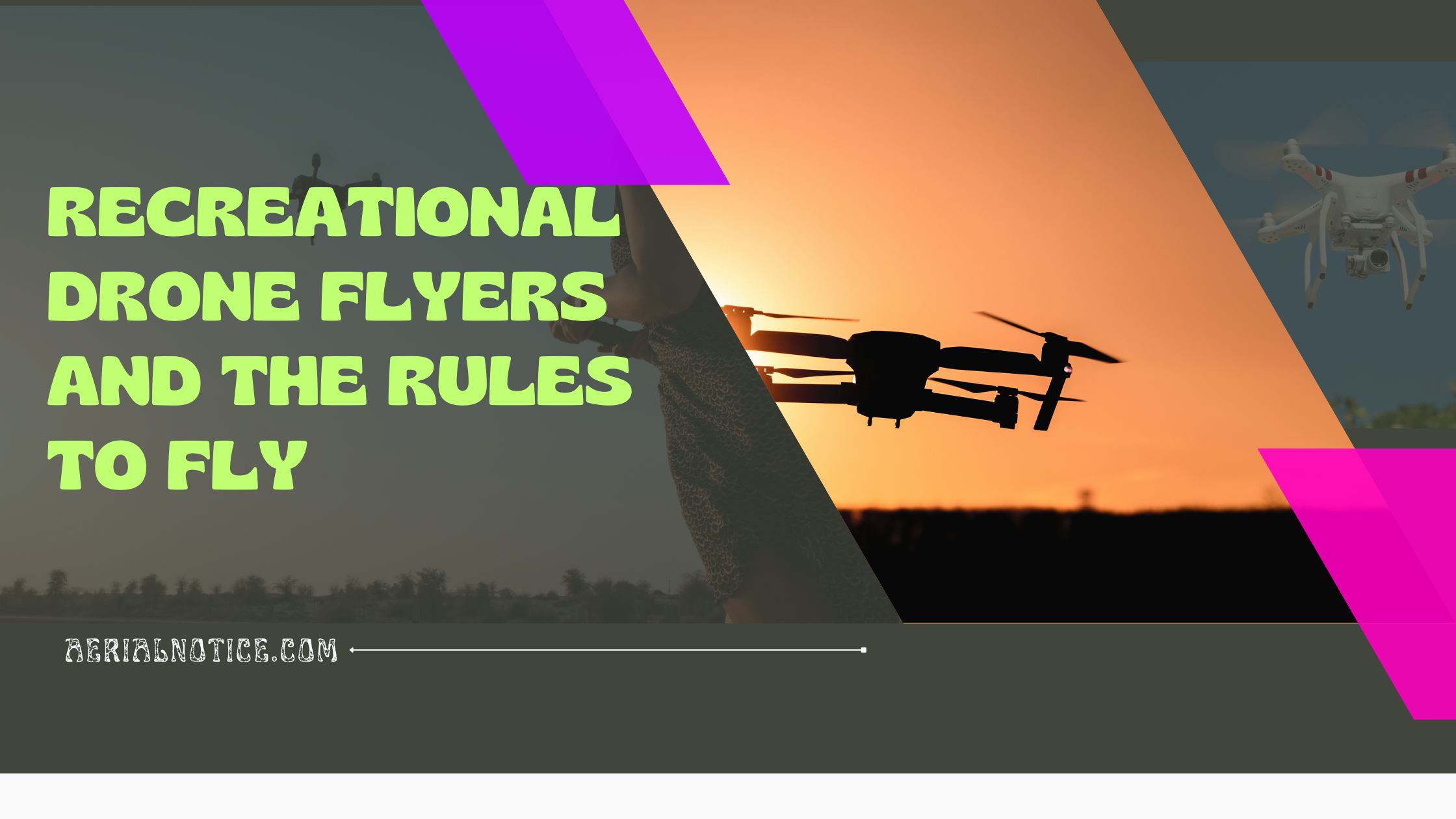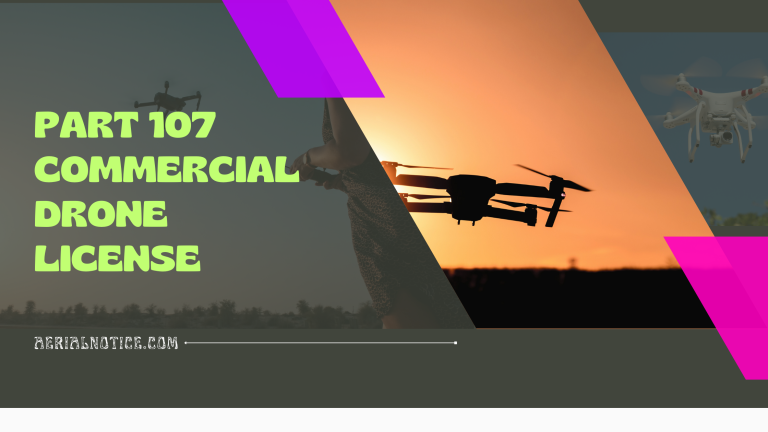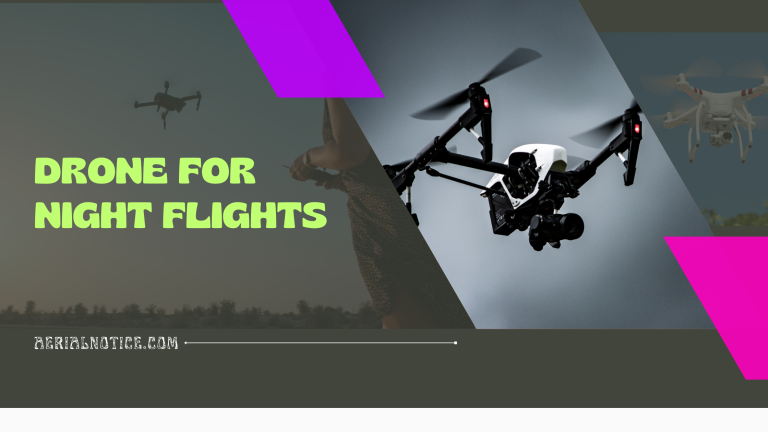Recreational Drone Flyers and the Rules to Fly: Recreational Drone License
The rule to operate unmanned aircraft systems (UAS) or drones those are less than 55 pounds in the National Airspace System (NAS) is the 14 CFR Part 107, referred to as the Small UAS Rule (Drone License). However, if you want to fly a drone for purely recreational purposes, a limited statutory exception (“carve out”) provides a basic set of requirements (Drone License).
The Recreational UAS Safety Test or the TRUST is readily available! Recreational flyers are highly encouraged to take and pass the TRUST at their earliest opportunity and can carry proof of passage when they are flying (Drone License).
What does it mean by Recreational Flight?
Many people assume that a recreational flight is one kind that is not operated for just a business or for any sort of compensation. But that is not the case all the time. Financial compensation, or the lack of monetary compensation, does not determine whether the flight is recreational or commercial. The following information can actually be used to help you to decide what rules you should be operating under. Remember, the default regulation for drones weighing less than 55 pounds is Part 107 (Drone License). The exception for the recreational flyers only applies to the flights that are purely for fun or personal enjoyment. When you are in doubt, then you can fly under Part 107.
- Note: Non-recreational purposes include things such as taking photos to help sell a property or a service, the roof inspections, or taking pictures of a high school football game for that school’s website. Goodwill or other non-monetary value can also be considered as indirect compensation. This would include the things such as volunteering to use your drone to survey the coastlines in place of a non-profit organization. Recreational flight is simply flying your drone for fun or personal enjoyment.
What are the Rules for the Recreational Flyers (Drone License)?
The Exception for the Limited Operation of the Unmanned Aircraft (USC 44809) is the law that describes how, when, and where you can fly your drones for recreational purposes. Following these rules (Drone License) will keep the people, your drone, and as well as our airspace safe:
- Always fly only for recreational purposes (enjoyment).
- Always follow the safety guidelines of an FAA-recognized community-based organization (CBO).
Note: We have yet to begin officially recognizing Community Based Organizations. The recreational flyers are directed to follow the existing aero-modeling organizations’ safety guidelines or use the FAA per Advisory Circular 91-57 B’s safety guidelines.
- Keep the drone within your visual line of sight, or you can use a visual observer who is physically next to you and in direct communication with you.
- Give way to the human-crewed aircraft and do not interfere with the human-crewed aircraft.
- Always fly at or below 400 feet in your controlled airspace only with prior authorization.
- Do not forget to take The Recreational UAS Safety Test (TRUST) and carry proof of the test passage.
- Get a current registration and then mark (PDF) your drones on the outside with the given registration number, and always carry the proof of the registration with you.
- Do not ever operate your drone in such a dangerous manner. For example:
- Do not ever interfere with the emergency response or the law enforcement activities.
- Do not ever fly under the influence of drugs or alcohol.
Individuals who violate these rules (Drone License) or operate in such a dangerous manner might be subject to FAA enforcement action.



